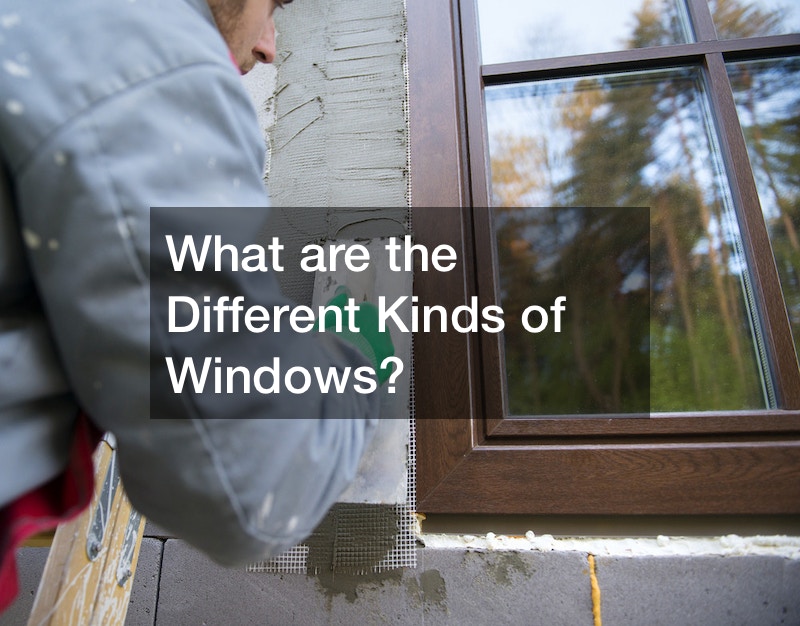Detecting signs of heat-related damage on your roof is crucial to maintain its integrity. Here are some simple steps to check if your roof installation has heat-related issues.
Look for signs of curling, blistering, or cracking on your shingles. Heat can cause the shingles to deteriorate and lose their protective granules, leaving them vulnerable to further damage from UV rays and weather elements.
Examine your roof for any areas of discoloration. Heat can cause dark streaks or patches on the surface, indicating algae or moss growth. These organisms thrive in warm and humid environments and can cause damage to your shingles and underlying roof structure.
Proper attic ventilation is essential to regulate heat and moisture levels. Inspect your attic for inadequate ventilation, such as excessive heat buildup, musty odors, or moisture condensation. Insufficient ventilation can lead to heat-related issues, including premature aging of the roofing materials.
Heat can cause the roof structure to expand and contract. Inspect your roofing system for signs of sagging or warping, which may indicate underlying heat-related damage. Check for any areas where the roof appears uneven or wavy.
High heat absorption can impact your home’s energy efficiency. Assess your cooling costs during hot months. If you notice a significant increase in energy consumption or difficulty maintaining a comfortable indoor temperature, it may indicate that your roof installation is not adequately reflecting heat.
.





Leave a Reply